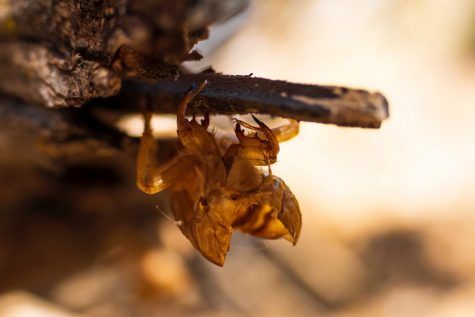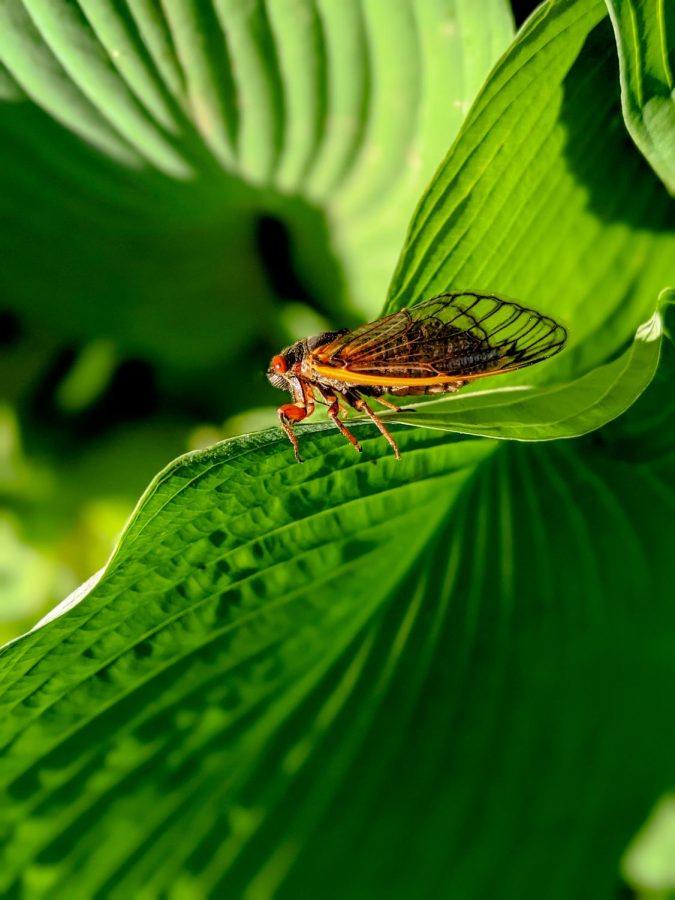America’s Biggest Cicada Brood Emerges For The First Time In Seventeen Years
During the 2021 summer, Americans living in the Eastern United States should expect to see (and hear!) the billions of cicadas who belong to the group known as Brood X.
Cicadas range from 0.75 to 2.25 inches and emerge for up to 6 weeks during the summer months.
This summer, as the United States slowly starts to open up again as the Coronavirus pandemic slowly recedes, another creature will be emerging from a sort of hibernation. Billions of cicadas from the group known as Brood X will be visible throughout the United States. In fact, in many states, they have already started to emerge. Though they remain underground for 17 years, until it is time for them to emerge to mate, they do not stay around very long. These insects will die after four to six weeks of being above ground.
Brood X is one of the several broods of cicadas in the United States. What makes this brood different from others is its size: it is the largest cicada brood in the world, and it includes billions of insects which can be found on the East Coast of the United States and into the Midwest, with a range in states from Tennessee to Michigan.
While there are over 3,000 species of cicadas worldwide, they fall into two major groups. The first group is those that pop up every summer. The second group comes periodically. They emerge in much larger groups every 13 to 17 years and are exclusive to North America. While underground, these insects mature and feed on tree roots. After their long period underground, they emerge as nymphs and shed their exoskeletons. These brittle, amber-colored casings remain on trees long after the cicadas leave.

Americans living in the area inhabited by Brood X should not be worried at all. Cicadas are essentially harmless to humans, as they do not bite, sting, or transmit diseases like other insects. However, they can cause some harm to woody plants. When cicadas cut slits into trees to lay their eggs, they can damage them, especially younger and more vulnerable trees. Lawns and gardens are not usually impacted, however.
Perhaps the most recognizable aspect of cicadas is their sound. In the summer months, their low buzzing noise often feels ever-present, an auditory staple, much like the tune of ice cream trucks and children splashing in sprinklers.
This sound is actually a mating call, produced by male cicadas. It is created when they flex their muscles, causing the ribs of an organ called the tymbal to buckle, creating a clicking sound. When cicadas are together in large groups, the noise can reach 90 decibels, about the same noise level as that emitted by a lawnmower.
Another thing that sets Brood X apart from other broods, aside from its sheer size, is its proximity to metropolitan areas. This can cause some problems, both for humans and for cicadas. In some areas, the sheer amount of cicadas can be jaw-dropping — and overwhelming — for some. For cicadas, the expansion of cities has impacted their habitat. “In the long ago past, it is likely the different broods were more widespread geographically,” entomologist Gary Parsons told an interviewer at Michigan State University. “It is likely urbanization, widespread commercial farming, and other factors have reduced and limited them over the years. You take away the trees and shrubs in forests and they don’t have the roots to feed on. Fortunately, they have adapted well to using street trees, parks, and yard trees as their hosts, and can still survive in urbanized areas.”
While the idea of billions of large insects may be repulsive and anxiety-inducing for some of us, this is an opportunity to witness a truly amazing natural event. But if you do not catch them this time, do not worry; they will be back in time for the Class of 2021’s 17-year reunion!
Entomologist Gary Parsons told an interviewer at Michigan State University. “It is likely urbanization, widespread commercial farming, and other factors have reduced and limited them over the years. You take away the trees and shrubs in forests and they don’t have the roots to feed on. Fortunately, they have adapted well to using street trees, parks, and yard trees as their hosts, and can still survive in urbanized areas.”
Nora Sissenich is an Editor-In-Chief for 'The Science Survey,' a role that she values deeply because it allows her to offer guidance and insight through...











